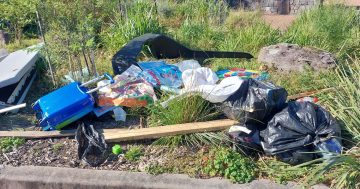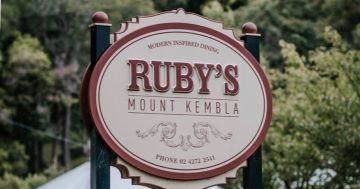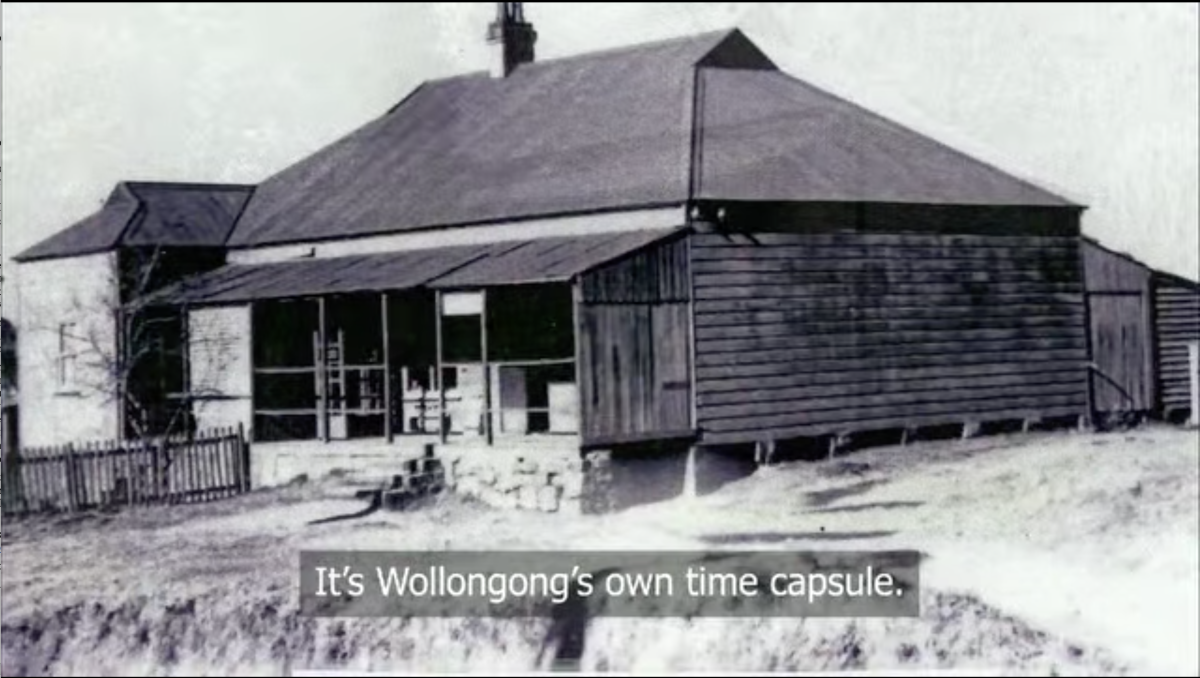
A still from the video Kembla Heights: a rare historic mining village. Photo: Supplied.
The image above is a still from the fabulous video Kembla Heights: a rare historic mining village produced in 2020 by a wonderful woman who sometimes goes by the delightfully appropriate name of “Georgina de Hat Hill”. I recommend it highly to all.
Georgina, who also runs the splendid Facebook heritage page Kembla Jottings, has utilised her own extensive knowledge gained after years of painstaking research – aided by the fabulous archives of Noel and Ivy Murray, the Ryall, Benjamin, Stanbridge and Kirkwood families, along with the input of the incredibly knowledgeable Neil Bott and Helen Upton – to produce the best argument of why the Kembla Heights village is a crucial element in the heritage of not only the Illawarra but also of NSW and even Australia more generally.
Because of the work of these and other Illawarra citizens, the NSW Government this week announced the Mt Kembla Mine Disaster Site Ruins and Setting will be added to the State Heritage Register to acknowledge both “its significance in NSW’s coal mining history” and “its lasting importance as a place of remembrance”.
While that is laudable, it is, in my view, unfortunate the listing has excluded the full extent of the Kembla Heights village that was a part of the original 2012 heritage nomination.
Indubitably, as a place of very salutary remembrance, Kembla Heights has long been infamous as the site of Australia’s worst mining disaster. For at 2 pm on 31 July 1902, the Mt Kembla Colliery exploded, killing 96 men and boys, with the blast also creating 33 widows and taking the fathers of 120 children.
The Mt Kembla explosion was particularly egregious after the lessons of the similarly disastrous Bulli Mine Disaster of 1887 when 81 men and boys were killed, similarly leaving a great many widows.
It had been 15 years too long, in the words of the Australian folk singer Gary Shearston, for “the bloody” mining companies not to know “what gas in a coalmine means”.
And Kembla Heights Village remains today a highly atmospheric place (and on a misty day sometimes almost spooky) to even simply drive through.
Better still, to be taken on a walk and have its significance explained by the man who calls himself “Kembla Lodge”, who makes it one of the most informative historical tours I have ever experienced.
“KL”, as he is sometimes called, not only understands the particularities of the Kembla Heights setting but also has the most extensive general knowledge of the Illawarra’s 20th century general history I have ever personally encountered. Wollongong Library’s oral history project should quickly get some of his vast knowledge on record before it is lost forever.
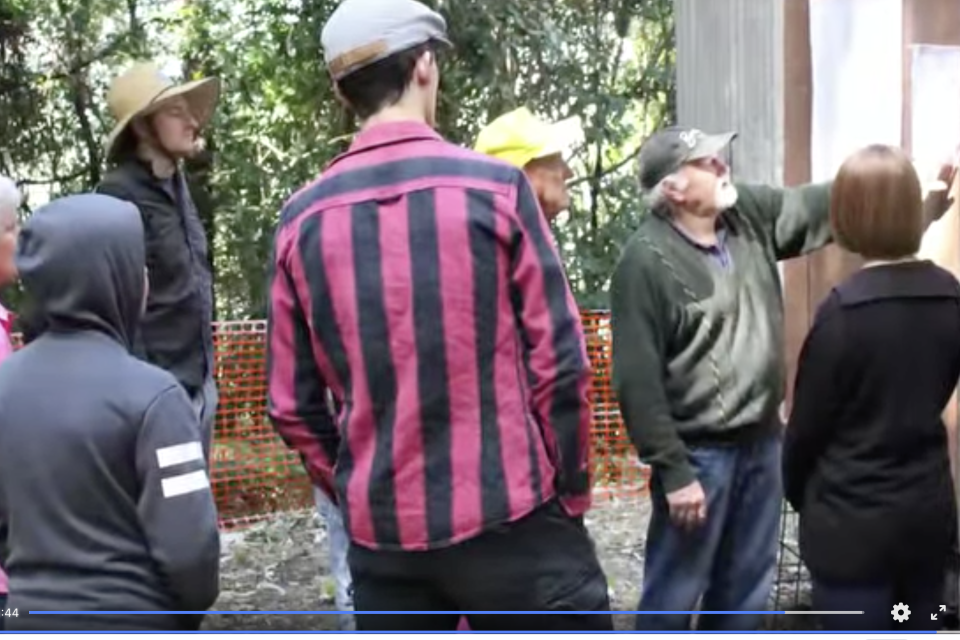
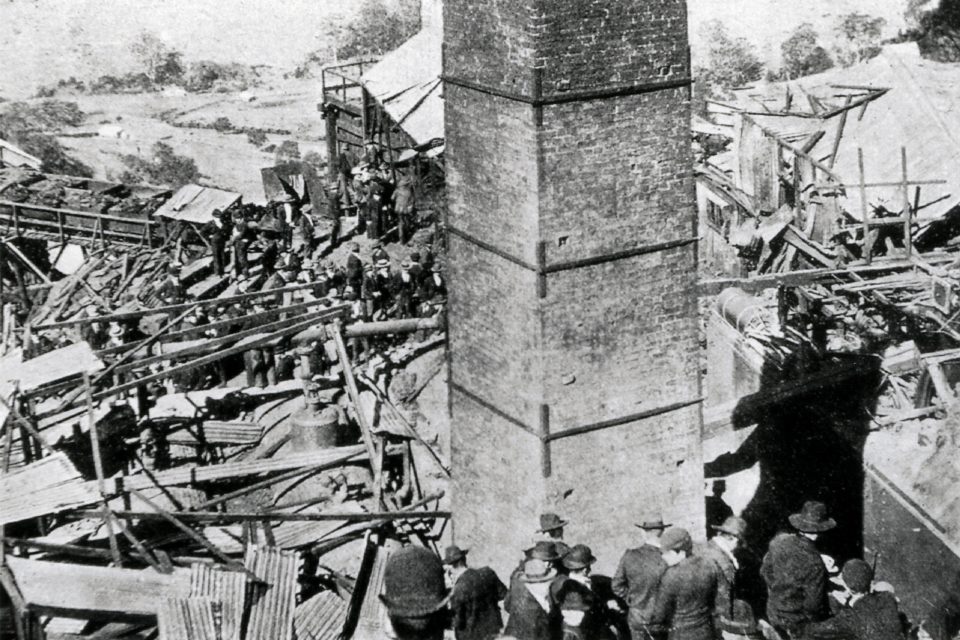
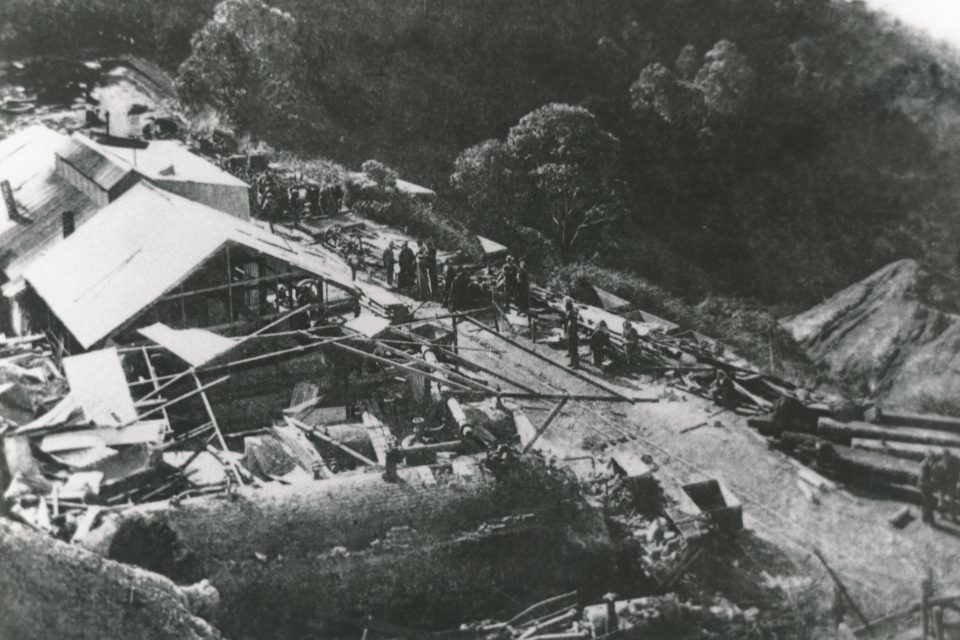
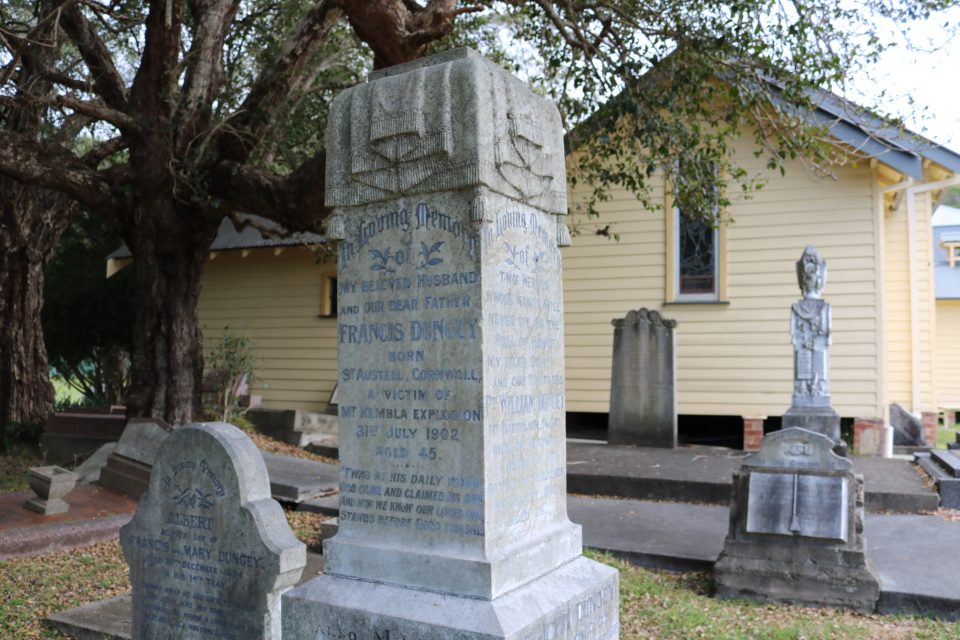

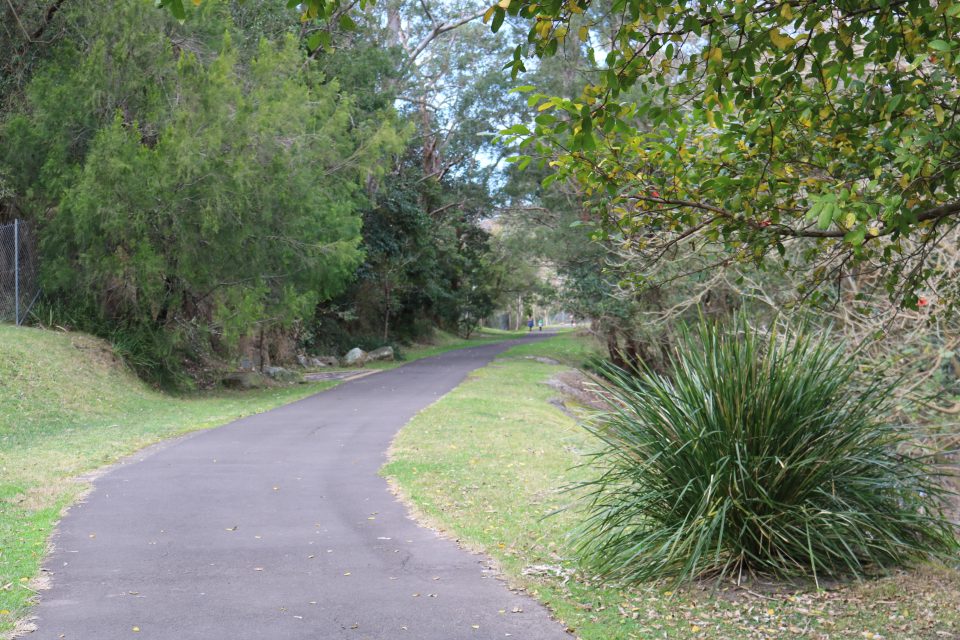
Kembla Lodge’s skills have long been backed up by important cultural artefacts such as Wendy Richardson’s celebrated play Windy Gully produced by Theatre South and the definitive account of the Mt Kembla Disaster written by Henry Lee and Stuart Piggin and published by Oxford University Press in 1992.
Yet even just the imagined memory of the sound of the Mt Kembla explosion has echoed throughout Illawarra and on the very day of the explosion the horrendous boom was said to have been heard as far away as Thirroul.
Curiously, two individuals from that same Thirroul community have also played a big part in further bringing to light the significance of the Kembla Heights Village and its notorious mine disaster.
Actor and playwright Karen Cobban spent seven years writing the very moving play 96 Candles which was performed in July 2019 to standing-room only crowds at Mt Kembla. It starred well-known Thirroul actor Eric Alexander in the leading role of the real-life troublesome Jonathan May.
The remarkable Jonathan May, lecturer in coal mining at the Newcastle NSW Technical College, was the man who had been blowing the whistle on the risks of coal gas explosions in poorly ventilated mines for decades.
May’s outspokenness, of course, did not endear him to the owners of coal companies. And, naively, May does not seem to have been fully aware of the powerful forces that were pitted against both him and his views.
Tragically, the horrendous Mt Kembla Disaster was one of the many results of the failure to take the advice and opinions of courageous people like Jonathan May.
But what, principally, makes the Kembla Heights village and its mining disaster a place of great significance is that it is rare to find in 2025 such an atmospheric and surprisingly architecturally and environmentally well-preserved location where so many families have stayed generation after generation and have kept both the archives, memories and photographs recorded and preserved.
Thus the ruins and, particularly, the setting – the remarkably surviving Kembla Heights village itself – is a truly extraordinary place. And if you’ve never been there, do yourself a favour.
In the 1970s the entire village of Central Tilba (just south of Narooma) was declared a site of exceptional significance by the National Trust of Australia.
And indeed, that village is still a somewhat atmospheric place even though now somewhat over-commercialised.
The village of Kembla Heights, however, is today more than 50 years later still blessed with remaining in a state remarkably redolent of a 19th century tight-knit isolated mining community.
One of course welcomes any formal state-wide heritage recognition but if I had been one of the assessors I would have gone further and declared the whole Kembla Heights village (and not just the ruins and its rather vague and difficult to precisely define setting) a matter of state if not national significance.









